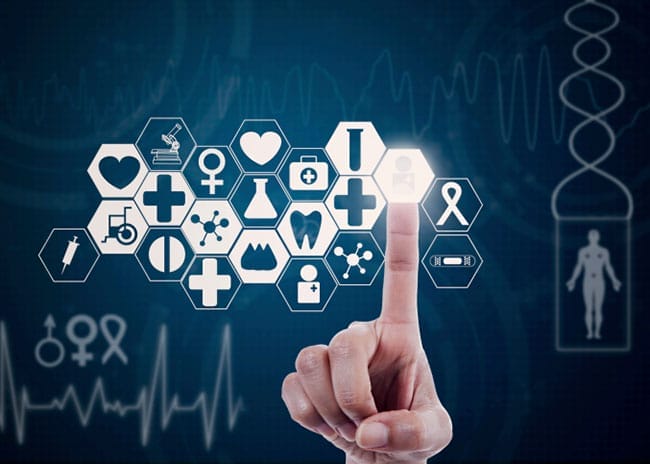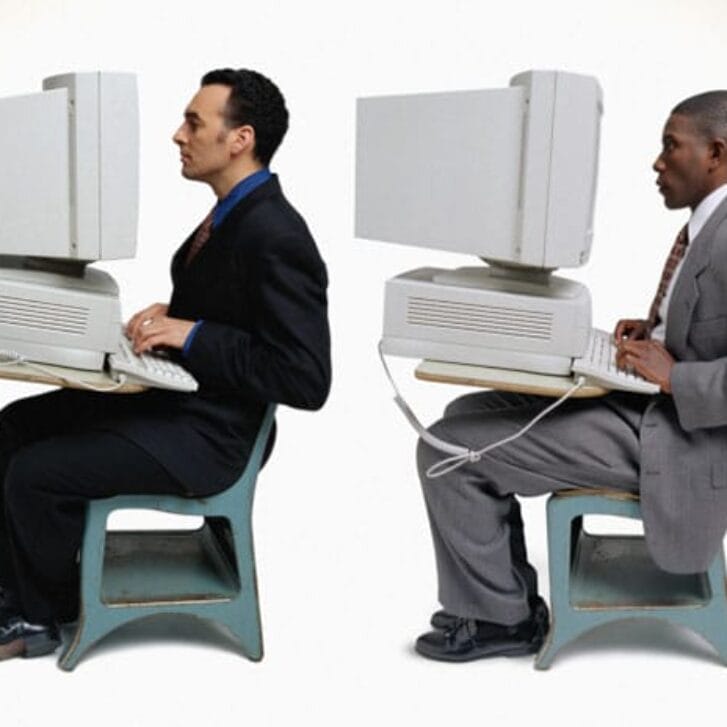It is time to bring medicine home. To be truly patient-centric, we need to think about the patient before he or she leaves home, not just when the patient’s in the doctor’s office or hospital.
That’s why I believe the future belongs to a partnership of clinicians, entrepreneurs and patients. Patients who “plug in,” who engage in self-service, who go online, who join social media and virtual support groups—have better health outcomes than patients who don’t. Isolation kills. Connectivity is good medicine. Taking ownership is the single greatest step toward health and wellness.
There’s an interesting and growing role for business in this shift. These new alliances can change how we deliver health care. The trick is to match the consumer movement of engaged patients with the developing new platforms for care. This is exciting—a chance for us to work together to make significant advances in health.
I see in this change a parallel that I call “moving from Blockbuster to Netflix.” Medicine is heading for the Netflix model. It’s coming home. This shift should have happened already, but I think traditional health systems have been smug and haven’t had competition.
Now they have competition. That competition is not coming from other health systems, but rather from Walgreens, Wal-Mart and serial entrepreneurs who are used to traditional health systems “standing by” while they work to disrupt the hospital-centric model. A lot of folks are looking to cash in as the patient-as-consumer movement grows and the need to offer help to people outside of doctors’ offices couldn’t be clearer.
Although we think of medicine as based in hospitals, in fact 84 percent of America’s health costs are incurred fighting chronic illnesses, the kind that can diminish quality of life for years. This is true for the entire population, not just the elderly. While hospitals and clinics remain the place for acute, critical intervention, living with these illnesses happens outside of doctors’ offices. For example, a Type 1 diabetic is estimated to make 300 health decisions every day around eating, drinking, exercising, driving, having sex and even sleep.
These daily decisions about health drive the demand for greater control and self-service in health care. This month a major blood testing lab announced that individuals can now order their own blood tests. The fastest capitalized startup in health care is Theranos, founded by Elizabeth Holmes, who believes it is a fundamental right for people to have access to lab and blood testing for themselves.
Nationally, business investment attracted to new delivery platforms is substantial. Bloomberg and a group of consultants looked at the Global Innovation 1000 companies and found that $13.8-billion of their 2013 research and development expenditures were in “digital enablers” for health care last year. That’s half the budget of the National Institutes of Health, and likely to grow much faster.
Yet that money is still swirling in the early stages of the new health businesses. There are more than 40,000 apps available in the U.S. focused on health, yet we still don’t have interoperability of electronic health records, the simplest baseline for self-management of health.
Still, what we see as surprising today will be routine tomorrow—a complete transformation of the platforms on which health care is delivered. As former Apple CEO John Sculley WG63 posted on Twitter last month: “Tele will be dropped from Telehealth just like online was dropped from online banking.”
#Telehealth-24 months will drop the tele and just be health as it expands its reach to hospitals/doctors & access on mobile 24 hrs day
— John Sculley (@johnsculley) April 21, 2015
I predict that the future platform for health care will involve:
- On-demand health
- Streaming data between doctors and patients during daily activity
- Retail medicine in convenient neighborhood locations, including grocery stores and pharmacies
- Self-service medicine aimed at wellness
- Patient ownership of doctor’s notes, tests and the hospital electronic health record
- Telehealth, which will be as common as ATMs
As a CEO of a 190-year-old academic medical center, I can attest that we are not going to stand by like Blockbuster while others disrupt the industry. At Thomas Jefferson University and Jefferson Health, our definition of success will move from how many beds are filled in our hospitals to how can I “stream” Jefferson care out to where patients work and live through enabling technologies. This is good health and good business!
























